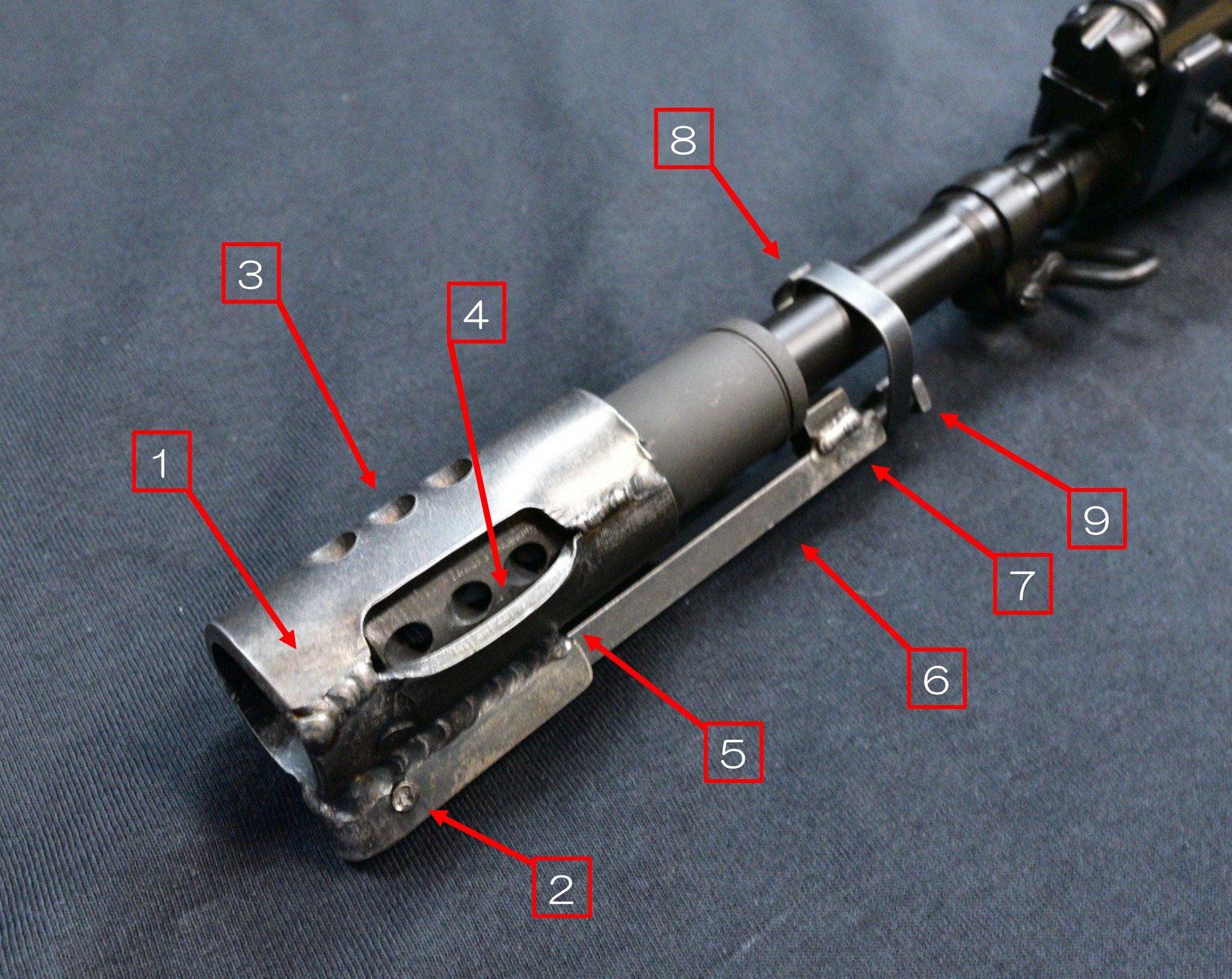Faithful Reproductions for the Discerning Collector


The 1970s were a time of great unrest. The decade witnessed war in the Middle East, hostage-taking at the Olympics, revolutions in South America, and The Troubles in Northern Ireland. Amid these widespread conflicts, in Africa, the little-known country of Rhodesia was locked in a high-intensity struggle with Communist forces for its own survival.
From the 19th century, Rhodesia had been a British colony with a white
minority government. In 1965, the government, led by Ian Smith, faced
the prospect of losing power, so it unilaterally declared independence from
Britain - gaining its new name
of Rhodesia. This act was unrecognized internationally, and the country faced a raft of sanctions and diplomatic isolation. This period saw an intensification of racial divisions and sparked a brutal civil war known as the Rhodesian Bush War or the Second Chimurenga.
Rhodesian forces, comprising both white and black soldiers, were well-trained and equipped. They employed strategies such as 'Fireforce' operations - quick-reaction units deployed swiftly to engage insurgents - and 'pseudo-operations', which involved soldiers disguising themselves as guerrillas to sow confusion and distrust. The conflict was further complicated by the involvement of foreign powers. The Communist-aligned forces received support from Eastern Bloc countries and China, while Rhodesia was supported discreetly by South Africa and, indirectly, by other Western nations.
Forgotten Weapons has done an excellent video on the use of the Halbek Device. We urge you to watch it here.

During the conflict, the unrecognized state of Rhodesia faced international sanctions that severely limited its ability to acquire necessary military equipment. This led the country to seek clandestine aid from sympathetic nations, one of which was South Africa. South Africa supplied Rhodesia with a variant of the FAL rifle, known as the R1A1. The FAL (Fusil Automatique Léger or Light Automatic Rifle), originally designed by the Belgian company FN Herstal, was a widely-used and reliable battle rifle, popular in many countries during the Cold War era. More importantly, the FAL, with its full-powered 7.62x51 NATO cartridge, was the main battle rifle of the Rhodesian army.
The 7.62x51mm NATO round is a powerful cartridge commonly used in battle rifles and machine guns. When fired in full automatic mode from a rifle like the FAL or the H&K G3, issues may arise that can challenge the shooter:
Recoil: This is perhaps the most obvious and immediate issue. The 7.62x51mm round generates significant recoil, especially when compared to smaller intermediate cartridges like the 5.56x45mm NATO round. This can make maintaining control of the weapon difficult, especially when firing in full auto. It can also lead to quicker fatigue for the shooter.2. Muzzle
Climb: Related to recoil, the forces generated when firing can cause the muzzle of the weapon to climb, or rise upwards, during sustained full auto fire. This makes it harder to keep the weapon on target and can greatly reduce accuracy.
In order to address these issues, a device called The Halbek Device was developed by Rhodesian forces during the Rhodesian Bush War (1964-1979). Named after its inventors, Douglas Hall and Marthinus Bekker, the device was intended to reduce the muzzle climb of the FAL when it was fired on full automatic, thus improving control and accuracy.
This site was created with the Nicepage